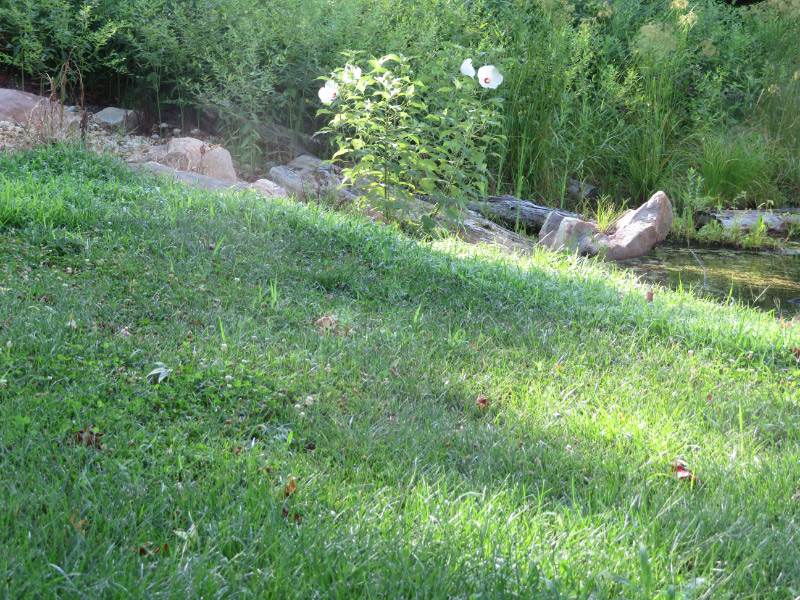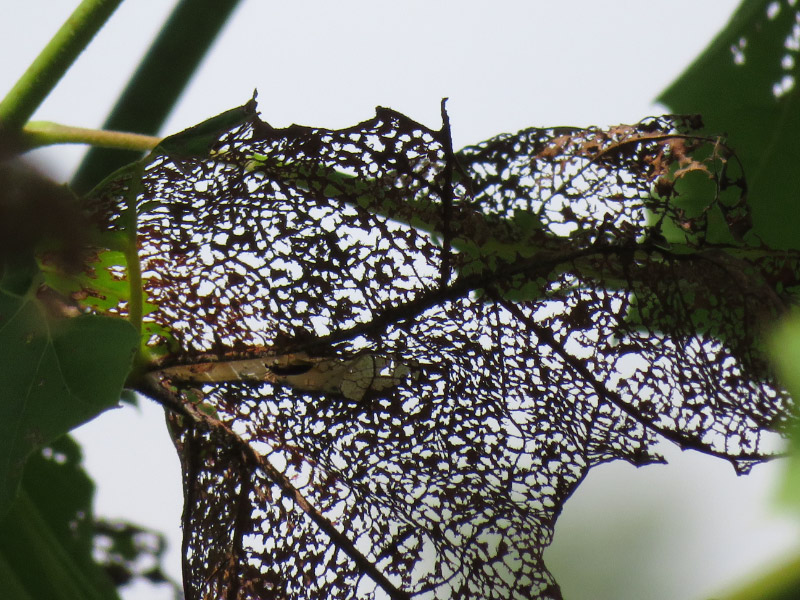Smithsonian Environmental Research Center - Part II
/Continuing about my day at SERC last Friday…
I got to SERC early enough that I walked around a small pond and took my first pictures of marshmallows.
There were more of them in the marsh near the boardwalk as we made our way out to Hog Island. They were – by far – the biggest flowers of the area.
A tiny flower that I photographed along the trail from very close up was a mint. I was careful to look for poison ivy and plants with thorns before I positioned myself to take the picture.
And then there were trees…trees with lichen…a canopy of green…a pathway lined with green.
There are ongoing studies that make exact measurements of tree trunks over time. Metal bands are used; they expand as the tree grows and the amount they have expanded is measured.
There were trees with holes in their trunks. The rows of holes are probably made by a bird – a yellow-bellied sapsucker. I remembered seeing a similar tree during my last hike at Belmont and being thrilled that the campers already knew the bird that made the holes!
There are young paw paw trees in the forest and I realized that I had seen these at Belmont as well. I know the tree from its bark but not is leaves!
There was a standing dead tree that had the thickest collection of shelf fungus I’ve ever seen.
A sickly dogwood had more colorful bark that I am used to seeing on a dogwood.
As we got back to the cluster of buildings – on the road by the geothermal well area – there were some sycamores – with a few skeletonized leaves…something was eating them…and the last flower of the day:
Some black eyed susans.
After the hike, we had lunch followed by a lecture about orchids. The North American Orchid Conservation Center is based at SERC and there are 9 native orchids that have been found there! We saw one on the earlier hike (the cranefly orchid) – unfortunately I didn’t get a good picture of it. The website for the organization - https://northamericanorchidcenter.org/ - is full of get information about native orchids and there is a colelction of orchid-gami printables if you want to make paper models of orchids!




































